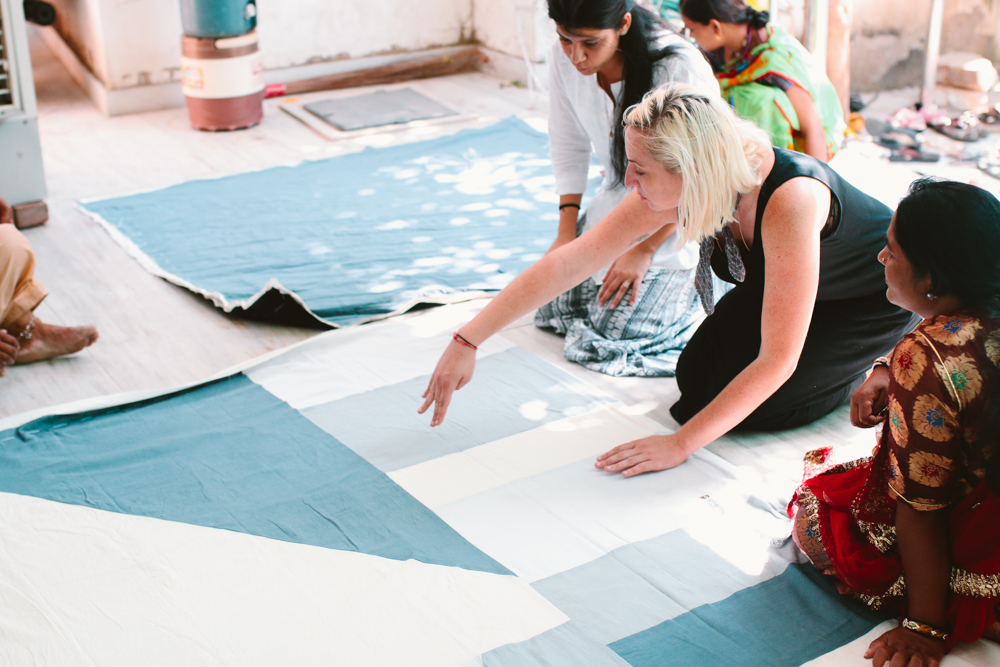6 Ways to Apply Design Thinking to a World in Need

Photo by Anchal Project
Anchal believes that design can change lives. We embrace design thinking to create innovative and strategic solutions that address the exploitation of women through employment opportunities, products, and markets that support empowerment.
It all started in a design studio when I was a student at The Rhode Island School of Design (RISD), and traveled to India for a seminar class called Design for Development. This semester changed my journey dramatically when I realized I could use my passion for design towards something more than beautiful landscapes, but for positive social and environmental change.
Whether it’s our next product design, marketing campaign or the new iteration of our artisan program, we use the Design Thinking process in every aspect of our company.
Over the past six years, my sister Maggie Clines and I have altered the traditional Design Thinking process to create a continuous custom cycle for Anchal. Driven by empathy at its core, this process challenges us to innovate and improve the systems of our program on a daily basis. At Anchal, design is our passion, and using design to change lives has become our purpose.
We’re excited to share the six steps we use to apply design thinking into our everyday practice:
Tip: Don’t arrive with preconceived notions on how to solve problems. It is important to define your end goal first while being open minded to the design process. This will ultimately guide you to holistic solutions.
Tip: Get rid of tunnel vision. Start the practice of listening and asking the important questions (like why and how) to the people you are serving and/or the people you are selling to.
Tip: Bring key individuals, stakeholders and community members to the table early in the process – not just on occasion or after you have already set a solution into motion.
Tip: Ideation is throwing it all out there and seeing what makes it to the end. Write down your idea or sketch it, throw it on a post it and then see if it sticks
Tip: We’ve made plenty of mistakes, but the important part is to keep moving – learn, pivot and reinvent.
Tip: Don’t forget to redefine your problem and start the process all over again.
After reading through these steps, you’ve probably realized that you’re already using this system. Now you can think of this process to be more strategic and innovative in designing every touch point of your company. I challenge you to consider design thinking, and it’s holistic approach to creative problem-solving. Together, we can design change.
FROM THE EDITOR
At Conscious, we are inspired by stories that cause us to think differently and think big-picture, and so we set out to tell stories with the help of leaders and influencers within the social good community. You can read more stories like this when you join as a member.


